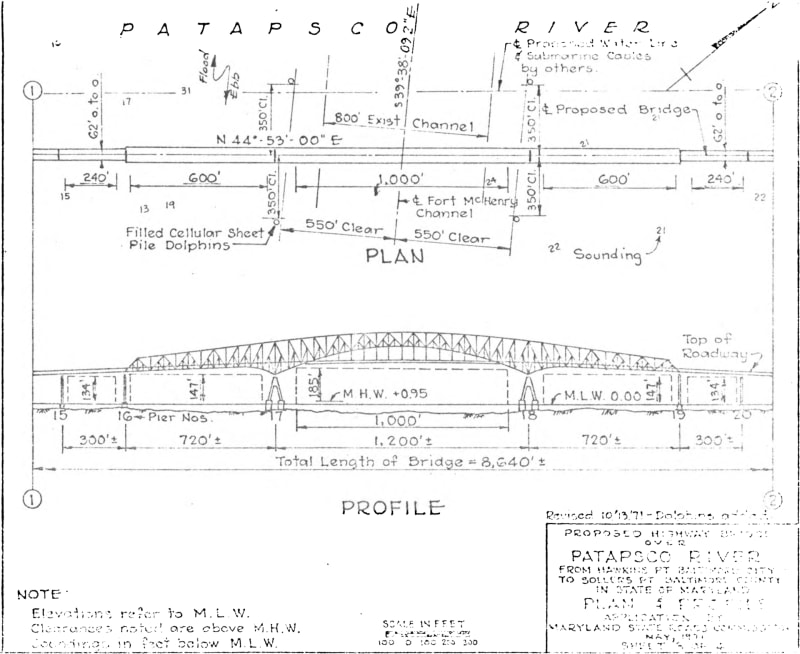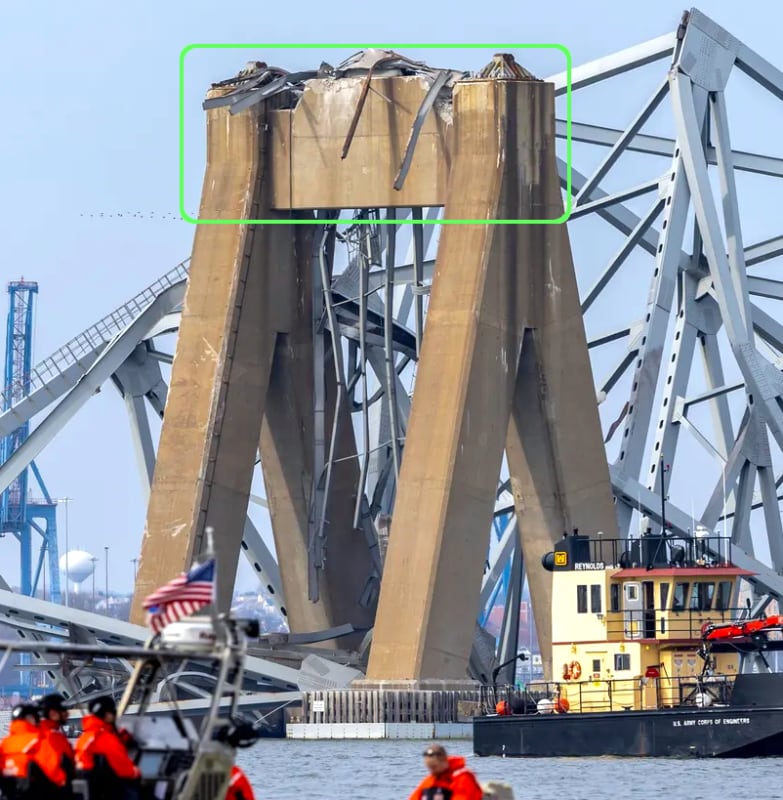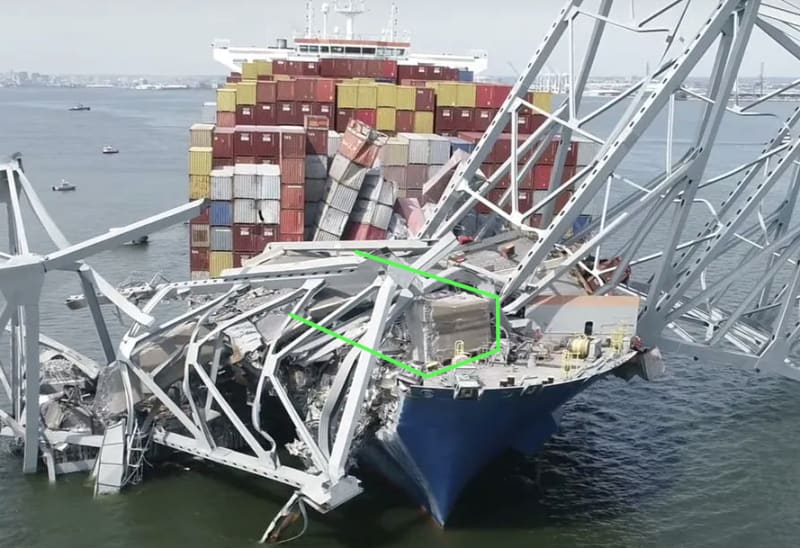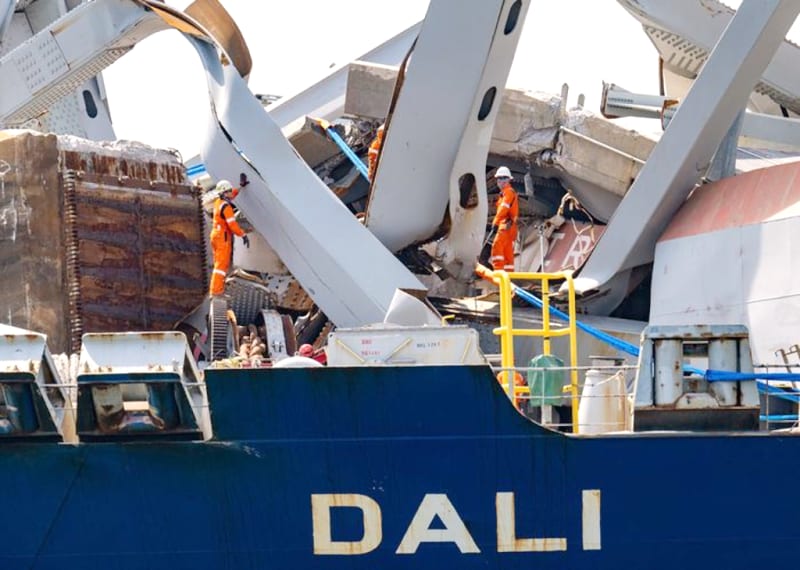Tomfh
Structural
- Feb 27, 2005
- 3,559
Follow along with the video below to see how to install our site as a web app on your home screen.
Note: This feature may not be available in some browsers.
Just as a point.. When they say charges and detonate it will be cutting charges. /quote]
They were actual explosive charges, as shown in Jeff Ostroff's latest video
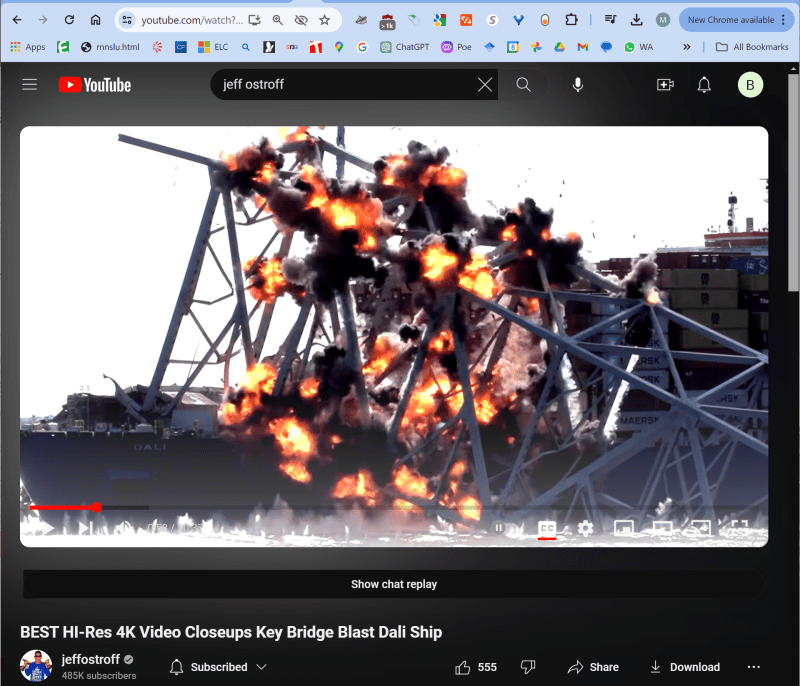
TTFN (ta ta for now)
I can do absolutely anything. I'm an expert! faq731-376 forum1529 Entire Forum list
Alistair_Heaton said:The set up is a V with copper wire which gets turned into plasma that actually does the cutting. Its not a colossal bang (well it wasn't when i did it).
TugboatEng said:This would cause me to believe the fault was on the LV bus as breakers don't trip due to upstream faults (maybe the do?).
